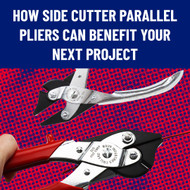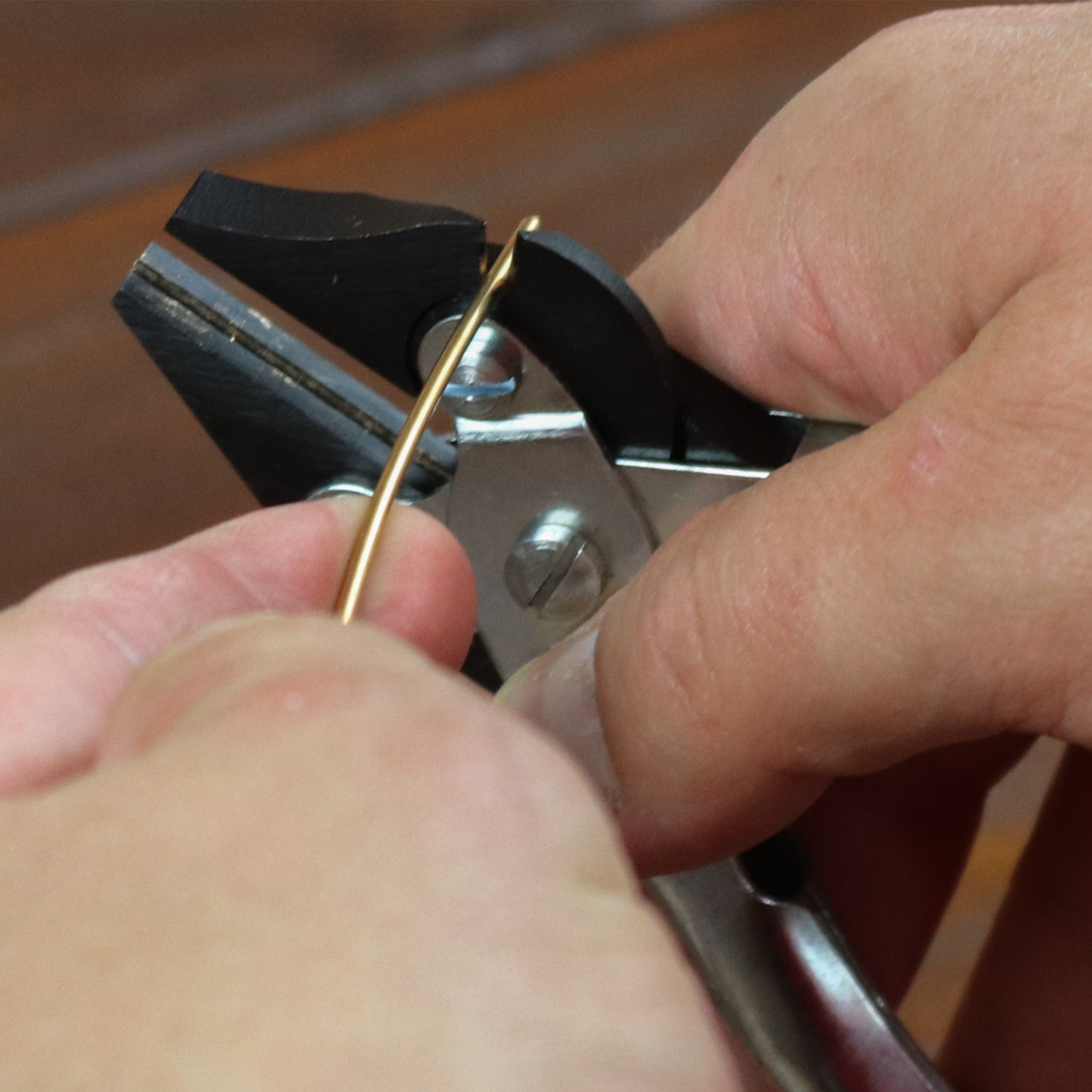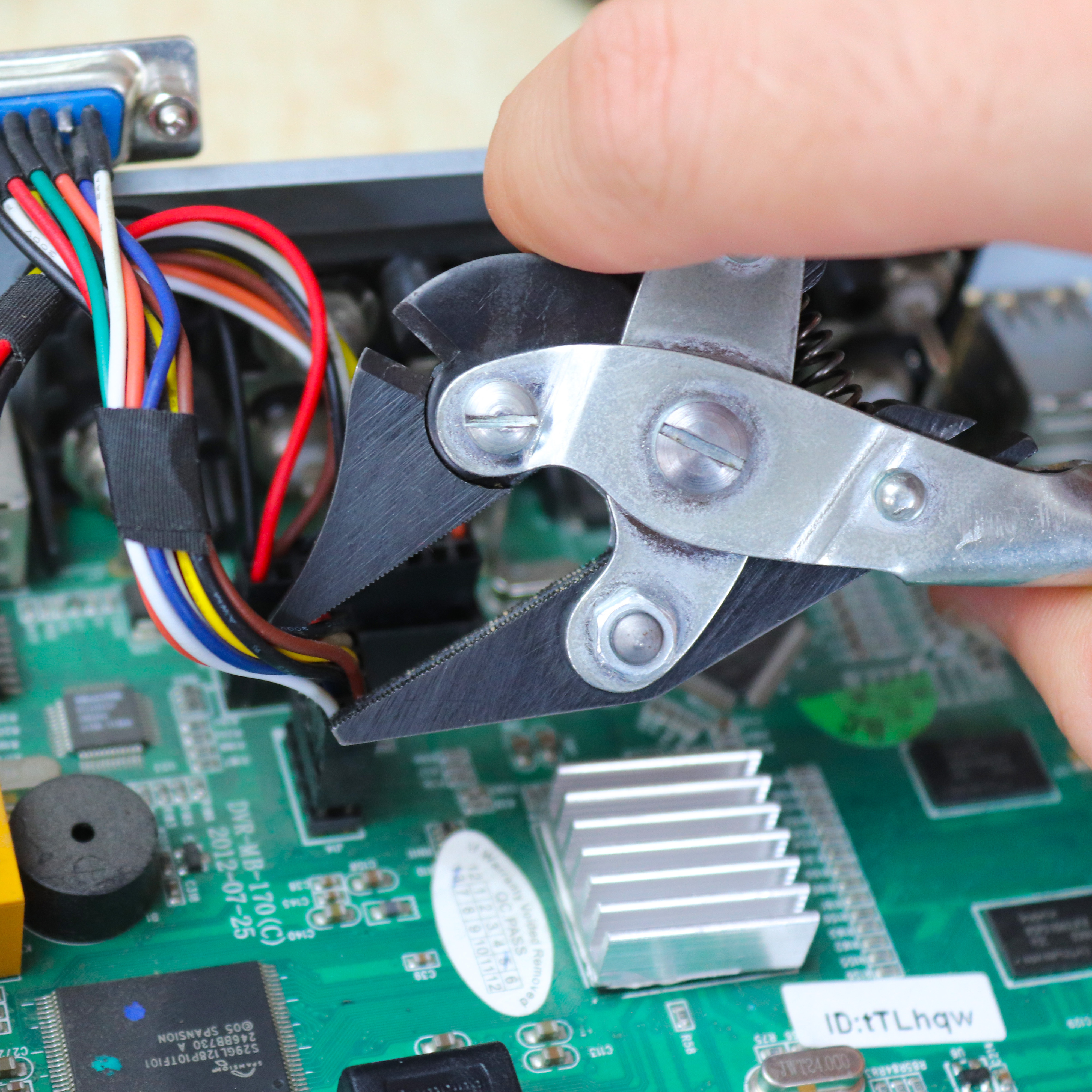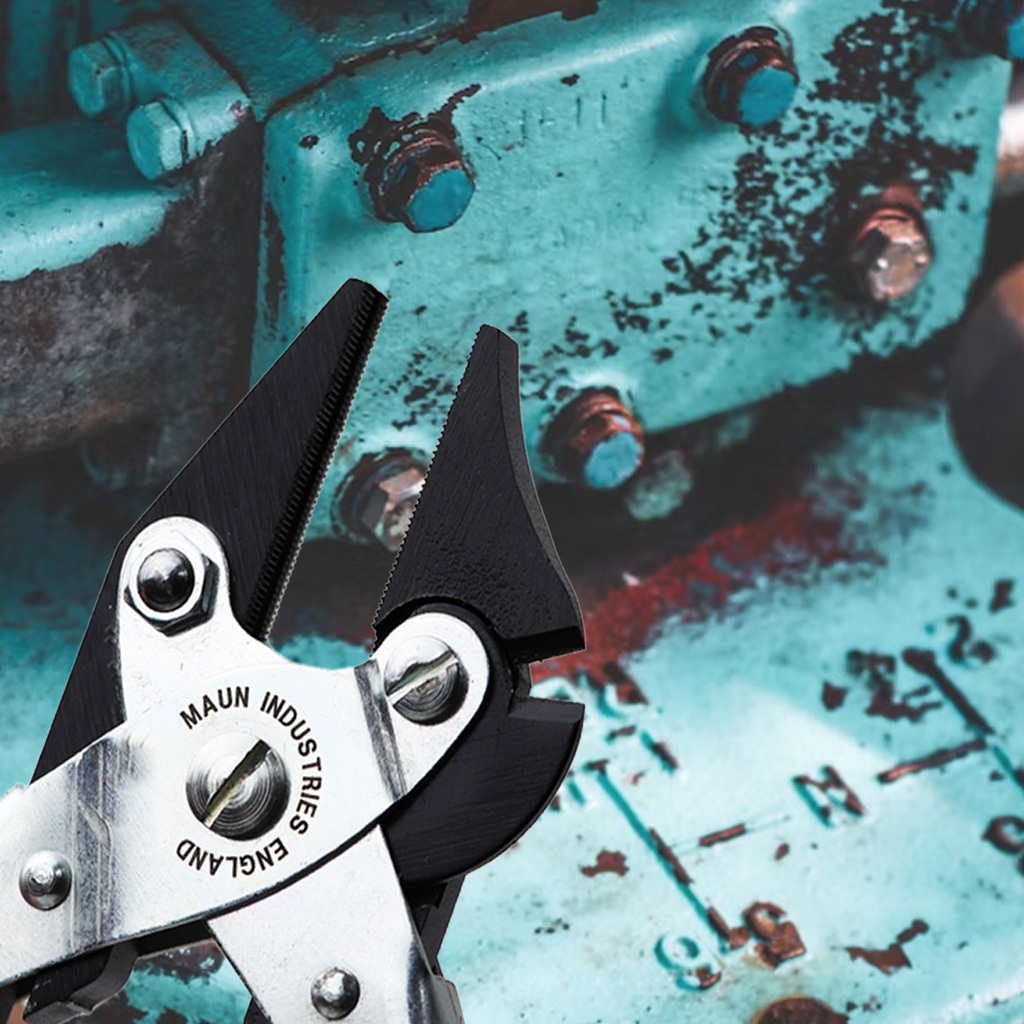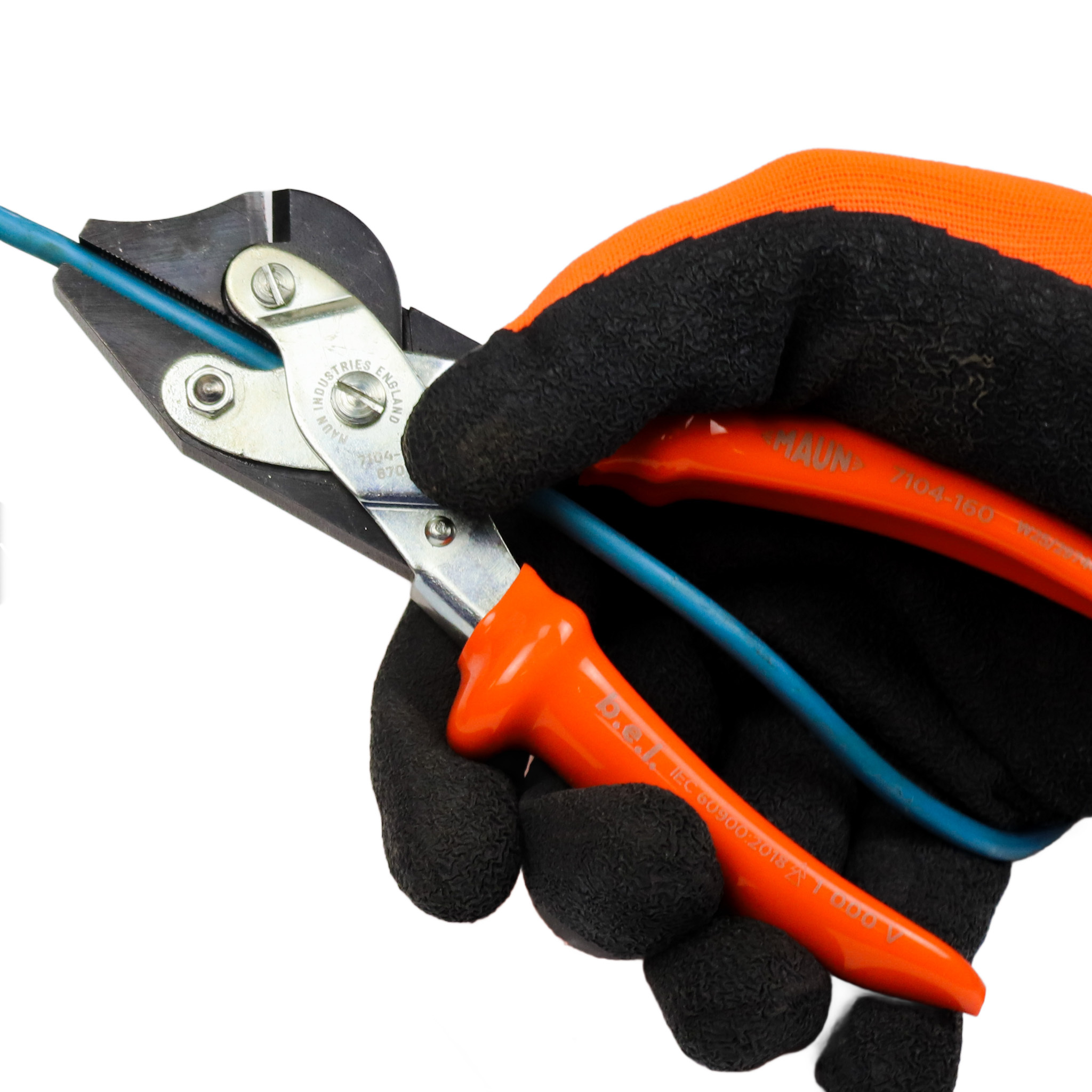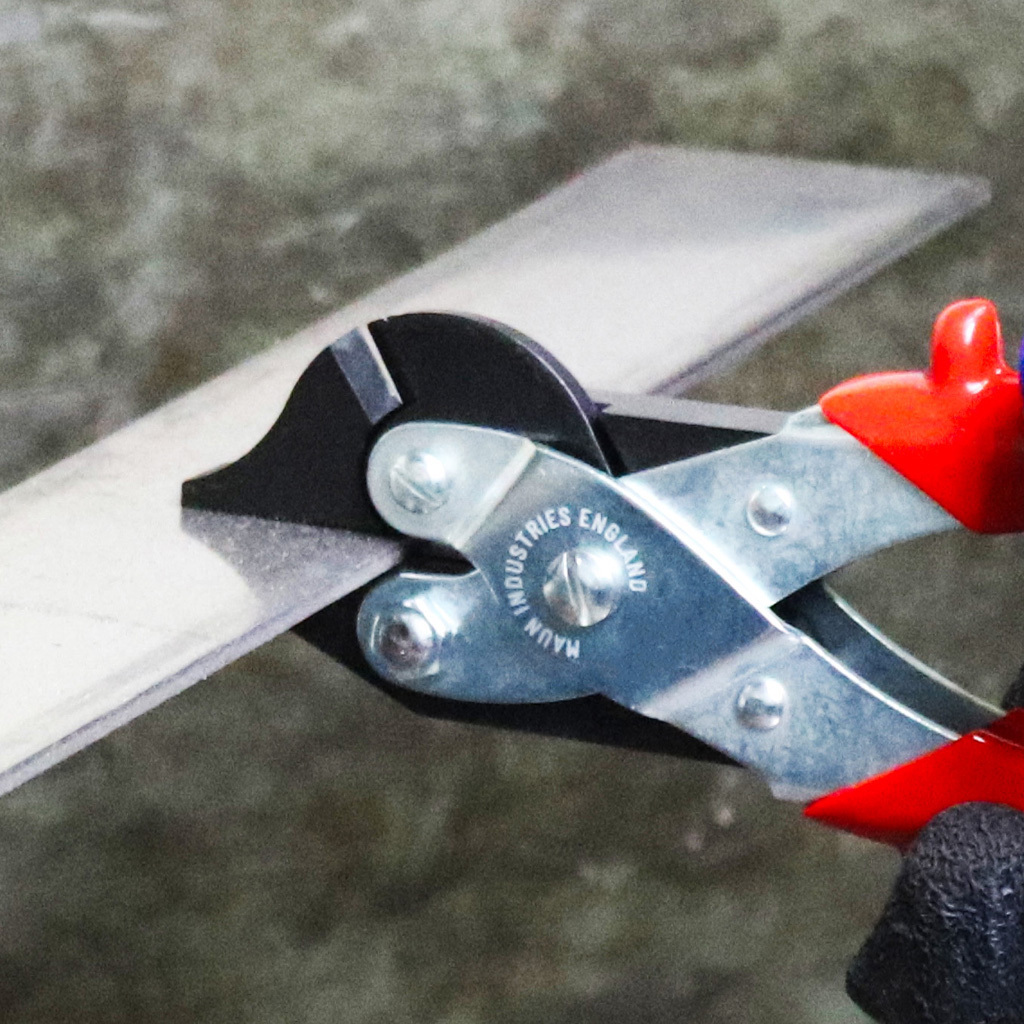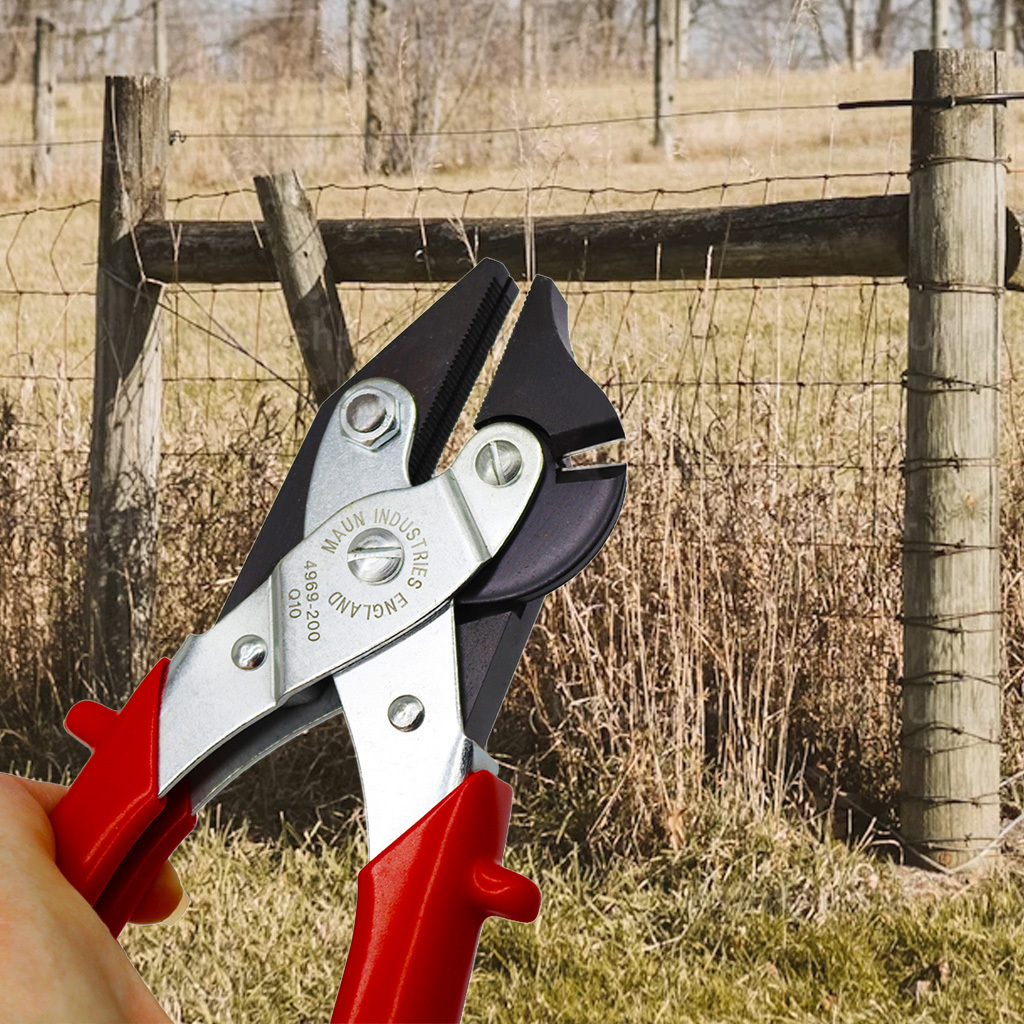How Side Cutter Parallel Pliers Can Benefit Your Next Project
28th Jul 2025
The Maun Side Cutter Parallel Plier is a tool you might not know you need - until you use it.
So when does it outperform standard pliers?
In this guide, we break down exactly where it fits best, what makes it different, and why it’s worth adding to your toolbox.
For Jewellery Making and Soft Wire Craft
Use: Maun Smooth Jaws Semi-Flush Cut Side Cutter Parallel Plier 125mm
Made in collaboration with the Birmingham City University, School of Jewellery, this is a two-in-one tool with smooth jaws that won’t mark delicate materials and a semi-flush cutter that trims wire with minimal pinch (meaning less finishing work for you).
Tired of leaving marks on soft metal? This tool grips gently with smooth jaws and trims cleanly with a semi-flush cutter, helping you minimise rework.
Why it’s better than normal pliers:
- Smooth jaws ensure no grip marks on gold, silver, or copper wire.
- The semi-flush cutter gives cleaner cuts that reduce time spent on finishing wire ends.
- Compact size offers control and comfort during detailed work.
Example:
You’re closing a jump ring on a silver chain. Regular pliers leave jaw marks, and a flush cutter snips too close. Whereas the Maun tool grips firmly without scarring the metal, then trims the excess cleanly so you can move straight on to polishing.
Best for: Jewellery makers, crafters, hobbyists working with precious metals or soft wire.
Browse all jewellery pliers here.
For Electronics, Model Building and Small Repairs
Use: Maun Side Cutter Parallel Plier For Hard Wire 125mm (with Comfort Grips and Return Spring)
This compact plier is ideal for small-scale tasks where control matters. It features a return spring for faster, easier repetitive work and serrated jaws for a firm hold on tiny parts.
Working in tight spaces with delicate parts? The 125 mm version with return spring gives you control and visibility where standard tools just get in the way.
Why it’s better than normal pliers:
- Spring action speeds up repeated gripping, cutting, and releasing.
- Small size fits into tight electronic housings.
- Parallel-action jaws provide an accurate, even grip without crushing components.
Example:
You’re wiring up a drone. Your standard cutters are bulky and awkward to use, making it likely you'll slip and damage the components. But with the Maun 125 mm side cutter parallel plier, you get a controlled grip and a clean cut even on tiny wire. No slips, no wasted parts.
Best for:
Electronic repairs, model builders, small machine repairs.
For Maintenance Engineers and Mechanical Work
Use: Maun Side Cutter Parallel Plier For Hard Wire 140mm
A great all-rounder for everyday mechanical tasks. Offers a balanced size, solid grip, and strong cutting capacity, especially where space is limited.
Need to grip awkward fasteners without damage? The parallel-jaws offer even coverage without pinching, which provides much better grip vs scissor-action pliers.
Why it’s better than normal pliers:
- Parallel-action jaws offer more grip with less pressure, great for awkward nuts or fasteners.
- The cutter multipliers hand force by 25x, great for cutting through hard wire.
- The serrated jaws ensure no slipping, even on greasy parts.
Example:
Fixing a machine with a loose square nut inside a cramped housing. Standard pliers slip or twist the nut. This Maun 140mm side cutter parallel plier locks on evenly, giving you torque and control. And you can cut a securing wire right after without swapping tools.
Best for:
Engineers, clock repairers, field service techs.
For Live Electrical Work
Use: Maun 1000V Insulated Side Cutter Parallel Plier 160mm
Certified to IEC 60900:2018, this plier is safe for use with electrical systems. The insulated handles are certified to protect up to 1000V AC / 1500V DC, and the jaws grip flat for safe manipulation of cable ends or terminals.
Need to cut cables too? These pliers are perfect, allowing you to manipulate and cut wire without switching tools.
Why it’s better than normal pliers:
- Work safely with electrical systems, fully insulated and certified to IEC 60900:2018.
- Grips and cuts wire without needing to change tools.
- Won’t round off terminals thanks to flat, parallel jaws that grip evenly.
Example:
Replacing a live circuit breaker, you need to hold a cable securely and strip it safely. Normal pliers twist or slip. With this Maun plier, you grip it firmly, trim it cleanly, and fit it safely. No need for a second tool.
Best for:
Electricians, MRO engineers, automotive electricians.
See all insulated pliers here.
For Heavy-Duty Wire, MRO and Vehicle Work
Use: Maun Side Cutter Parallel Plier For Hard Wire Return Spring Comfort Grips 200 mm
Built tough for demanding jobs. Its longer handle gives more leverage, while the parallel jaws clamp fasteners or thick wires evenly to prevent compression damage.
Struggling with thick cable or rounded-off nuts? The 200 mm model gives you extra force and better grip without chewing up your work.
Why it’s better than normal pliers:
- The cutters multiply hand force by 25x for less cutting effort.
- Parallel-jaws offer a strong, even grip when clamping flat terminals or hex fittings.
- The serrated jaws offer exceptional grip, even on wet or greasy components.
Example:
The multifunctionality of this product means you can be gripping and shaping metal sheet, then cutting wire and then holding a fastening whilst tightening the workpiece, all with the one side cutter parallel plier. Perfect for any maintenance engineer on a busy shop floor.
Best for:
Automotive repair, machinery maintenance, industrial workshop use.
For Fencing, Agriculture and Estate Work
Use: Maun Fencing Plier Comfort Grips 200mm
A workhorse developed for livestock fencing. This tool features a deep V-slot jaw that holds wire securely, plus an integrated cutter that can easily handle cutting through high tensile electric fencing wire.
Repairing fencing in bad weather or tough terrain? This rugged tool grips wire securely and cuts high-tensile fencing with one hand - no slipping, no second tool needed.
Why it’s better than normal pliers:
- V-slotted jaws hold wire steady for tensioning or tying (due to a great surface area of contact).
- Parallel-jaws offer an exceptional grip that won’t slip, even in wet weather (much better than scissor-type pliers).
- Cutting edges hardened to HRC 62-65 for durability.
Example:
You’re repairing a snapped wire on a hillside fence. Holding tension with one hand, you grip the wire mid-air and cut the frayed end with the same tool. No slipping. No second tool needed.
Best for:
Farmers, estate workers, outdoor maintenance in all weather conditions.
Side Cutter Parallel Pliers vs Combination Pliers
Traditional combination pliers have three functions built into the same jaw: a small flat grip at the front, a rounded pipe grip in the middle, and a cutter at the back.
But because everything shares the same jaw, grip strength and cut access are limited.
Maun’s Side Cutter Parallel Pliers take a different approach:
- Gripping and cutting are separated, with parallel jaws at the front and a side-positioned cutter for better access.
- Parallel jaws close evenly along their full length for a wider, flatter grip that requires less effort for the same or greater grip strength.
- The V-slot in the jaw of the fencing pliers helps secure wire and cable in place by increasing the surface area of contact.
- No rivet at the back of the jaw throat means you can feed material right through the tool.
- Compound-lever action multiplies your hand force (up to 25x), making it far easier to cut tougher wire with less fatigue.
The result? Better grip, easier cutting, improved precision, and reduced hand strain. Especially when working in tight spaces, with repetitive tasks, or on harder materials.
We discuss this in more detail in this post.
Final Summary
- That is exactly how side cutter parallel pliers could improve your next project.
If you have any feedback or improvements you’d recommend for this post, we’d love to hear from you.
This post was brought to you by Maun, experts in tools since 1944.
Scroll back up to re-read any key points, browse our related pages below, or contact us with any questions:

